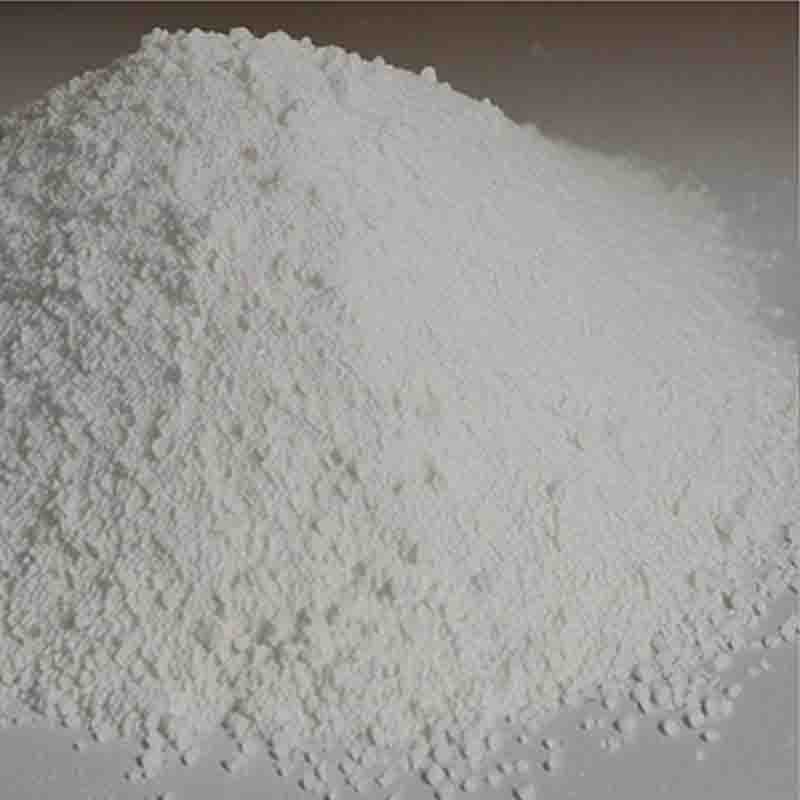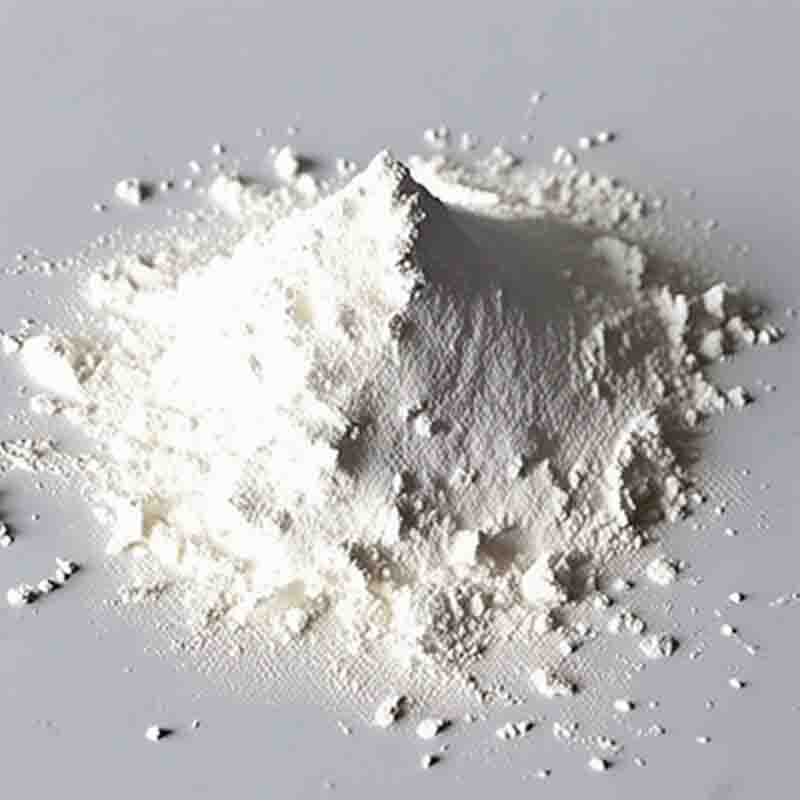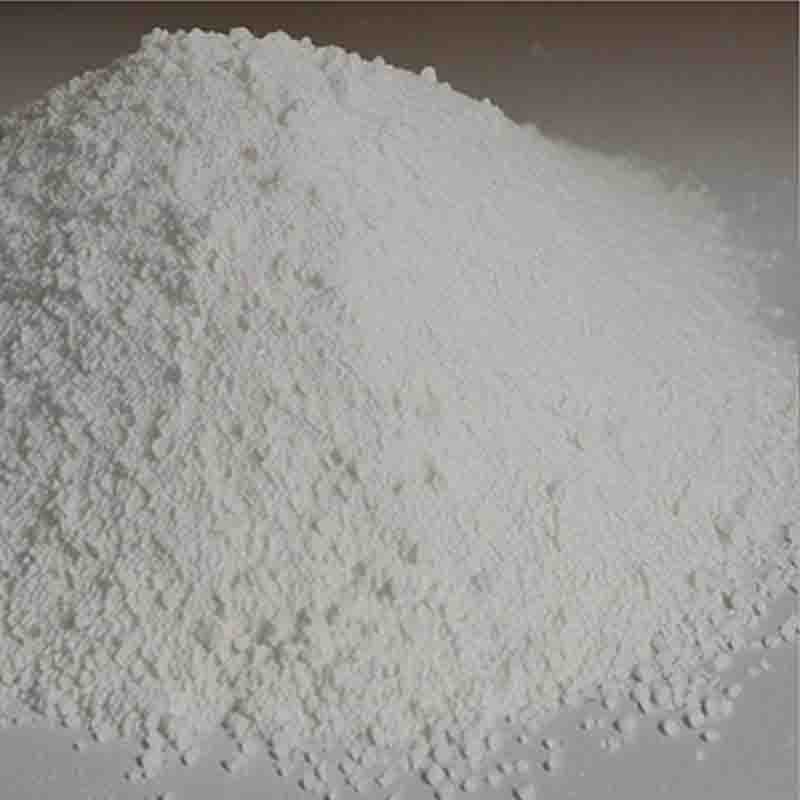2-Chloro-8-cyclopentyl-5-methyl-8H-pyrido[2,3-d]pyrimidin-7-one CAS: 1013916-37-4
| Catalog Number | XD93799 |
| Product Name | 2-Chloro-8-cyclopentyl-5-methyl-8H-pyrido[2,3-d]pyrimidin-7-one |
| CAS | 1013916-37-4 |
| Molecular Formula | C13H14ClN3O |
| Molecular Weight | 263.72 |
| Storage Details | Ambient |
Product Specification
| Appearance | White powder |
| Assay | 99% min |
2-Chloro-8-cyclopentyl-5-methyl-8H-pyrido[2,3-d]pyrimidin-7-one is a chemical compound with potential applications in medicinal chemistry and drug development.The compound's unique structure and functional groups make it a promising candidate for the synthesis of novel drug molecules. The chloro substituent introduces electron density into the aromatic ring system, which can enhance its potency and selectivity for specific receptors or enzymes. The cyclopentyl moiety provides additional steric hindrance, which can improve drug-like properties such as metabolic stability and bioavailability. These structural features can be further modified through various chemical reactions to create a library of analogs with different pharmaceutical properties.The pyridopyrimidine scaffold itself has been studied extensively in targeted therapies for cancer, viral infections, and inflammatory diseases. This compound's inclusion of chlorine and cyclopentyl groups adds further diversity to the potential drug candidates that can be synthesized.In cancer research, the compound's ability to inhibit specific kinases or other signaling pathways involved in tumor growth and metastasis is of particular interest. By modifying the substituents, scientists can tailor the compound's activity against specific cancer types or even overcome resistance to existing treatments. Additionally, the compound may exhibit promising anti-inflammatory effects, making it suitable for the treatment of conditions such as rheumatoid arthritis or asthma.The compound's potential application in antiviral drug development is also noteworthy. The pyrido[2,3-d]pyrimidine scaffold, when combined with appropriate modifications, has demonstrated inhibitory activity against viral enzymes or protein targets involved in viral replication. This makes it a promising starting point for the synthesis of new antiviral agents against diseases such as HIV, hepatitis, or influenza.Overall, 2-Chloro-8-cyclopentyl-5-methyl-8H-pyrido[2,3-d]pyrimidin-7-one shows potential for developing novel drug candidates in areas such as cancer research, antiviral drug development, and anti-inflammatory therapeutics. Its unique structural features contribute to its pharmaceutical versatility and make it an exciting compound for further exploration in the field of medicinal chemistry.


![2-Chloro-8-cyclopentyl-5-methyl-8H-pyrido[2,3-d]pyrimidin-7-one CAS: 1013916-37-4 Featured Image](https://cdn.globalso.com/xdbiochems/白色粉末2285.jpg)
![2-Chloro-8-cyclopentyl-5-methyl-8H-pyrido[2,3-d]pyrimidin-7-one CAS: 1013916-37-4](https://cdn.globalso.com/xdbiochems/粉末1196.jpg)



![4-[(2,2-Dimethyl-4,6-dioxo-[1,3]dioxan-5-ylidenemethyl)-amino]-2-methoxy-benzoic acid methyl ester CAS: 205448-64-2](https://cdn.globalso.com/xdbiochems/白色粉末1300.jpg)

